Audio Performance
The audio performance tests were done using Audio Rightmark 6.0.5 and a 3.5mm gold plated, oxygen free stereo loop back cable between stereo out and microphone input. Results were taken at the DVD sample rate of 16-bit/48KHz and High Definition 24-bit/96KHz.What we're looking for:
- Noise Level: A higher negative is better. This is usually viewed in relation to a signal level which provides a signal to noise ratio. As you get closer to zero there's more noise and lesser audio fidelity.
- Frequency Response: Two values listing how close to the lower higher frequencies the codec can reach. If it hits them perfectly it'll display a 0, 0.
- Dynamic Range: The difference between the loudest and quietest sounds the codec can make before it distorts them. The larger the gap, the better.
- THD and IMD percentage: Closer to zero is better. THD and IMD are best looked at together, where as if you have a lot of THD and not much IMD, then it'll offer a warmer accurate sound. High THD and IMD provides a warm, inaccurate sound, low THD and high IMD gives a cold inaccurate sound and finally low THD and IMD gives a cold accurate sound.
- IMD = intermodulation distortion and is a fancy way of saying conversion interpolation, which is a basic detection of the quality loss after an analogue to digital then digital to analogue conversion. By comparing it to a highly compressed source it shows up problems with the codec and converters.
- THD = total harmonic distortion, which shows up unwanted harmonics; integer multiples of the original component sound that can be second, third, fourth degrees or overtones for example.
- Stereo Crosstalk: where the stereo channels "talk" to each other and interact. Ideally you want them entirely separate, unmixed or echoed in either channel, so a higher negative a result as possible is preferred.
16-bit / 48KHz

Click to enlarge
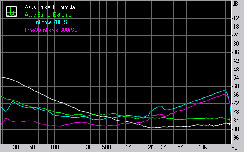
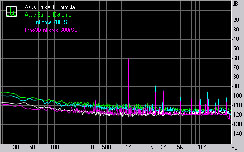
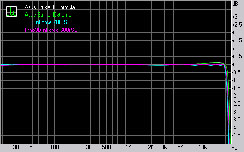
Crosstalk, Dynamic Range and Frequency Response
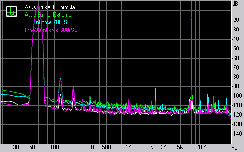
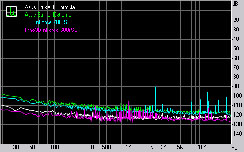
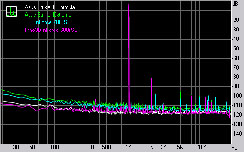
Intermodulation Distortion, Noise Level and Total Harmonic Distortion
24-bit / 96KHz

Click to enlarge
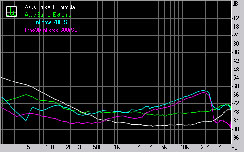

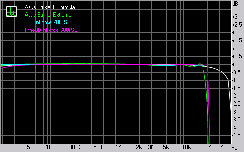
Crosstalk, Dynamic Range and Frequency Response
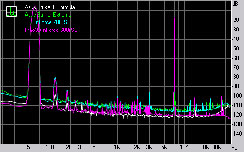
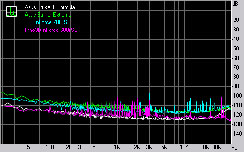

Intermodulation Distortion, Noise Level and Total Harmonic Distortion
Despite the XFX featuring the premium Realtek ALC885 chipset, the ADI SoundMAX 1988b seems to work slightly better with the most recent BIOS and drivers from Asus. We've previously had some flaky results with this codec in the past but it seems to be working well this time – even the SupremeFX EMI shield seems to make some difference in results between the original Striker Extreme (which didn't feature it) and the latest Striker II Formula.
The ADI SoundMAX 1988b features DTS connect, but no Dolby features. On the subject of drivers, we had no end of trouble with them – while it worked perfectly on a fresh Windows Vista installation, should you not remove the drivers and it not detect the hardware on boot it will refuse to acknowledge it ever exists, even if you reinsert the hardware. We couldn't uninstall or reinstall the drivers without being subjected to an error prompt, the only option left was literally a complete roll-back to the fresh install or a reformat – both are highly undesirable. We've never had this problem with the Realtek codecs and we will continue to prefer them because they simply just work well.

MSI MPG Velox 100R Chassis Review
October 14 2021 | 15:04









Want to comment? Please log in.